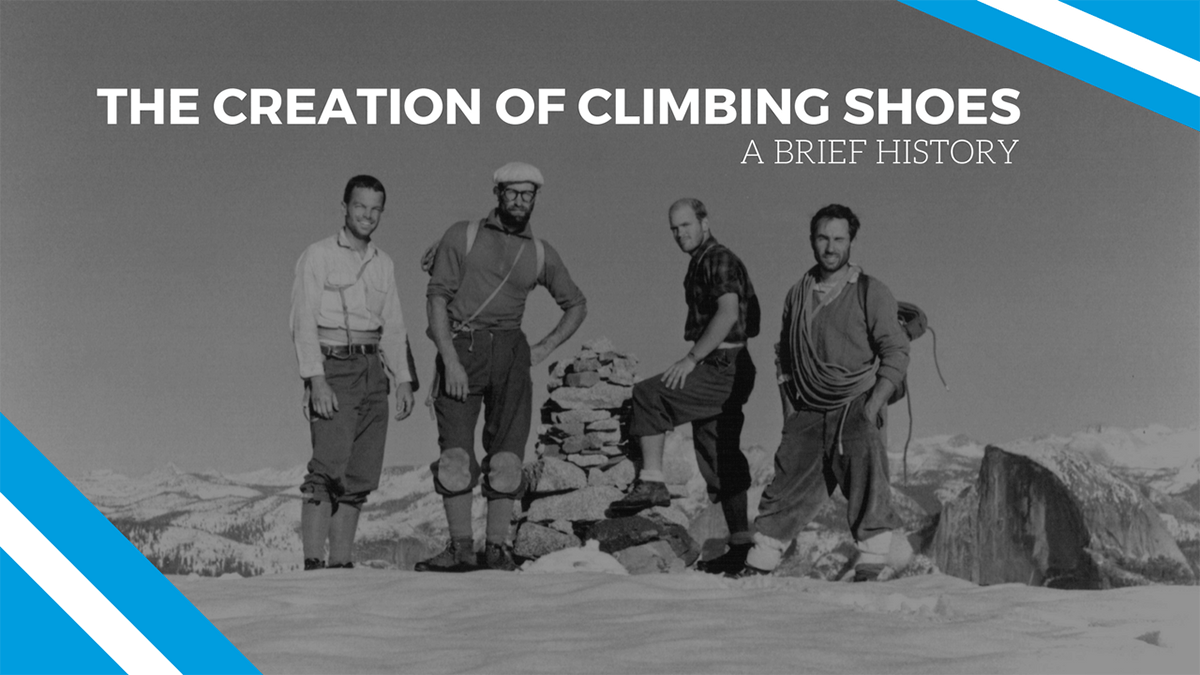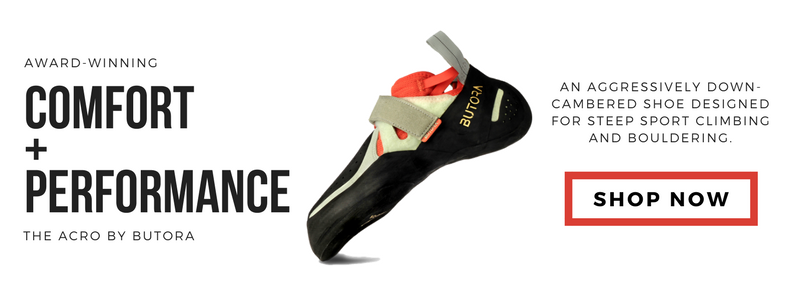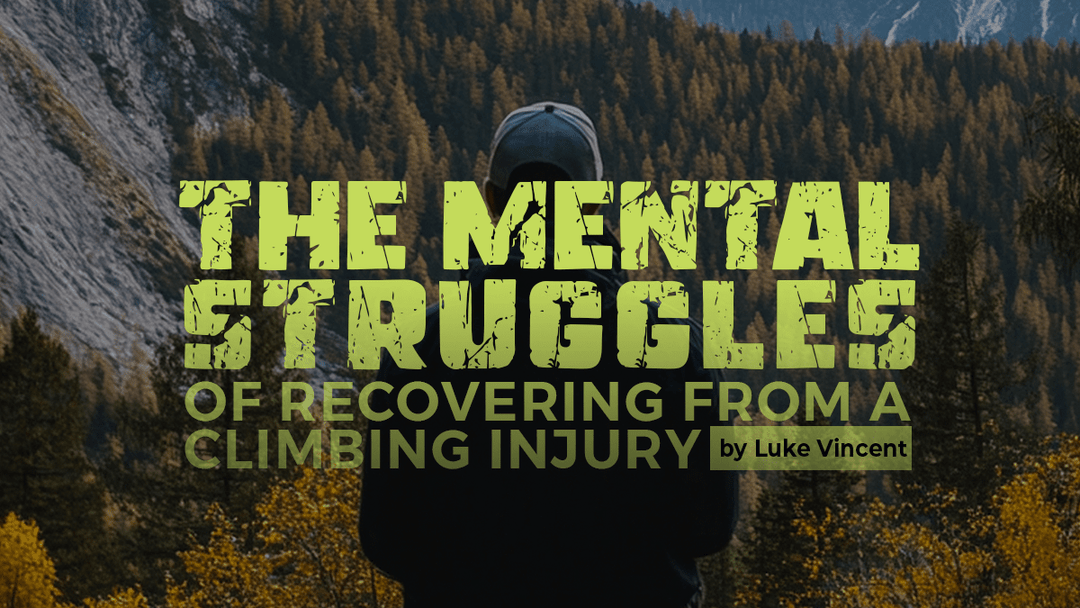The Creation of Climbing Shoes

History
The first climbing shoes weren’t very different than ordinary street shoes. It was common in the early days to simply wear hobnailed boots for mountain treks, or leather shoes slightly modified in some other way. It wasn’t until the great

mountain climbing innovator Pierre Allain lent his attention to footwear did we see the first mountain shoe designed expressly for that purpose. This shoe was eponymously called the RA, and was subsequently more or less copied by an associate of Pierre named Eduard Bourdeneau. The product was called the EB Super Gratton, and was the most popular climbing shoe by far in the ’70s until Boreal introduced the legendary Firé commercially in 1983.
All of the climbing shoes up until the mid-eighties weren’t radically different in construction from your regular basketball shoe; indeed, they look just like Chuck Taylor’s with a beefed-up outsole and softer rubber. These shoes were made using the standard technique of board-lasting, a word which describes the method in which the upper is attached to the midsole. The last (foot mold) is fitted with a board first, and then the upper is fitter over both. The extra leather is then folded over and tacked to the board, which becomes the first layer of the sole. Subsequent layers of sole are added and the result is your traditional relatively stiff shoe.
A quantum leap in shoe construction occurred in 1985 when Boreal released the Ninja. The development of the Ninja set a new bar in rock climbing shoe construction since it let to a more ergonomic, flexible, and sensitive shoe. The difference was: instead of attaching a rigid board to the last, Boreal attached a ‘slip’ onto which the upper was stitched. That obviated the rigid board giving greater feel and dexterity to the climber. That is called the slip-lasting technique, and rock climbing shoes have been made this way ever since.
Although all climbing shoes of today are far superior to the ones in the ’70s, there is still lots of variation among them. Modern climbing shoes differ in durability, fit, style, and traction. The materials influence all of these parameters and the assembly process.
Materials and Process
Butora uses dyed German leather for the uppers. The use of leather is almost a necessity since it is unparalleled in strength and durability. Some companies use synthetic fabrics, but leather is far more resilient to scuffs. Synthetic uppers also tend to tear through the eyelets and threads at a faster rate. At Butora, each leather upper is hand sewn, individually steamed, and then fitted around a size-specific last. This stage molds the leather’s shape since the steam expanded leather constricts around the last as it dries, forming a perfect negative. Butora’s leather comes from hormone-free cows which allows the collagen to form at a natural and predictable rate.
The ‘slip,’ sock, or full midsole, is made of a very robust and lightweight copolymer called acrylonitrile butadiene styrene (ABS). This polymer is composed of the three molecules as mentioned above, which are chemically crosslinked together forming a three-dimensional matrix of conjugated carbon and nitrogen bonds. The acrylonitrile forms the crosslinks, which sets this polymer apart from the rest, and the result is a midsole of very high strength and low density. This ‘slip’ is placed over the last and the leather is stitched around. Butora utilizes an ABS full midsole.
The rubber that is to form the rand and outsole is proprietary, so chemical information will not be forthcoming. This NEO Friction rubber is super sticky and creates the best possible couple between your foot and a rock face. In order to ensure that the rubber sections form perfectly around the shoe, it is first warmed and flattened in a press. These warm pieces of rubber are then glued onto the shoes and are subsequently reheated and placed in a size-specific foam press that applies even pressure from all directions. Before the outsole is fitted, each Butora shoe is heated yet again to ensure the perfect unison of the rubber rands to the leather, and also as a quality control procedure.
The final stage involves fitting the outsole and is accomplished by first heating the shoe, applying glue, and then pressing the outsole and the shoe together. After curing overnight, the shoe is polished, finished, and sent to distributors. The result is an amazingly dexterous, sticky, durable, and fashionable shoe designed specifically for rock climbing.





